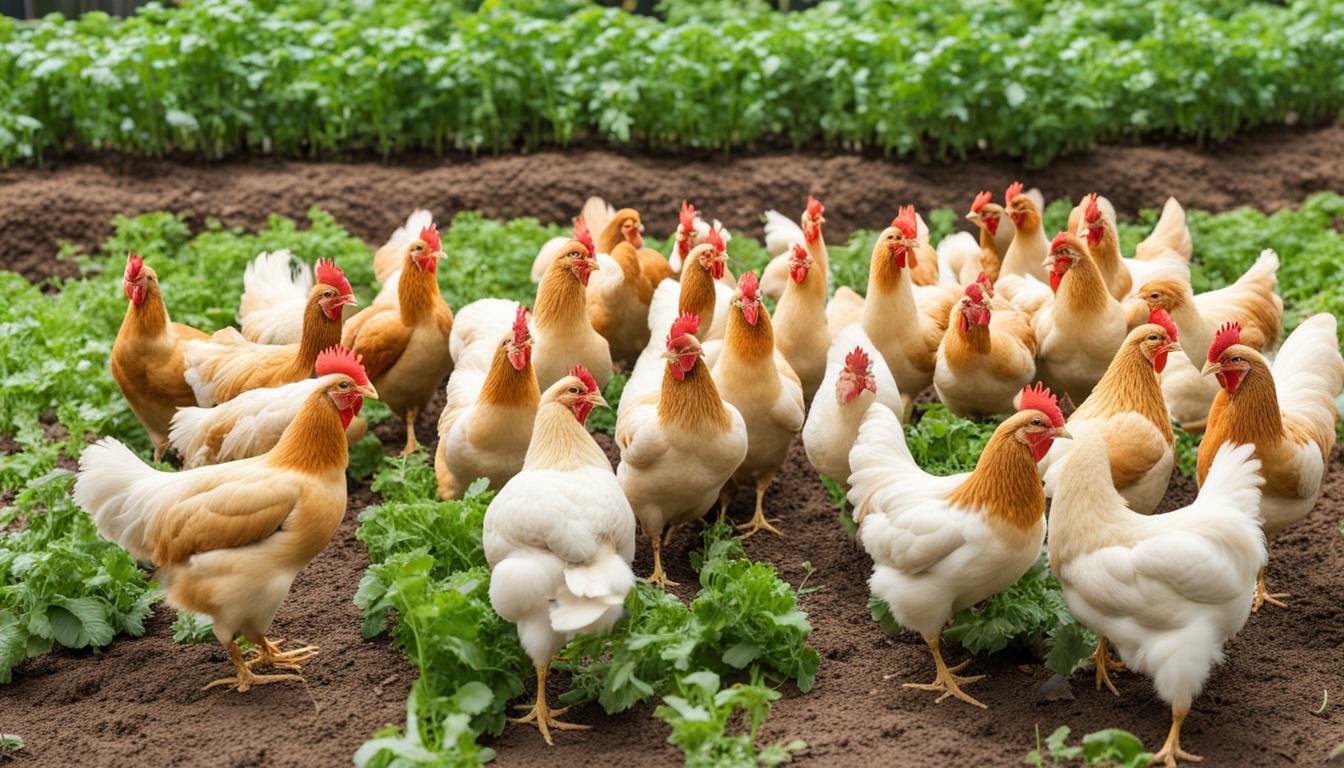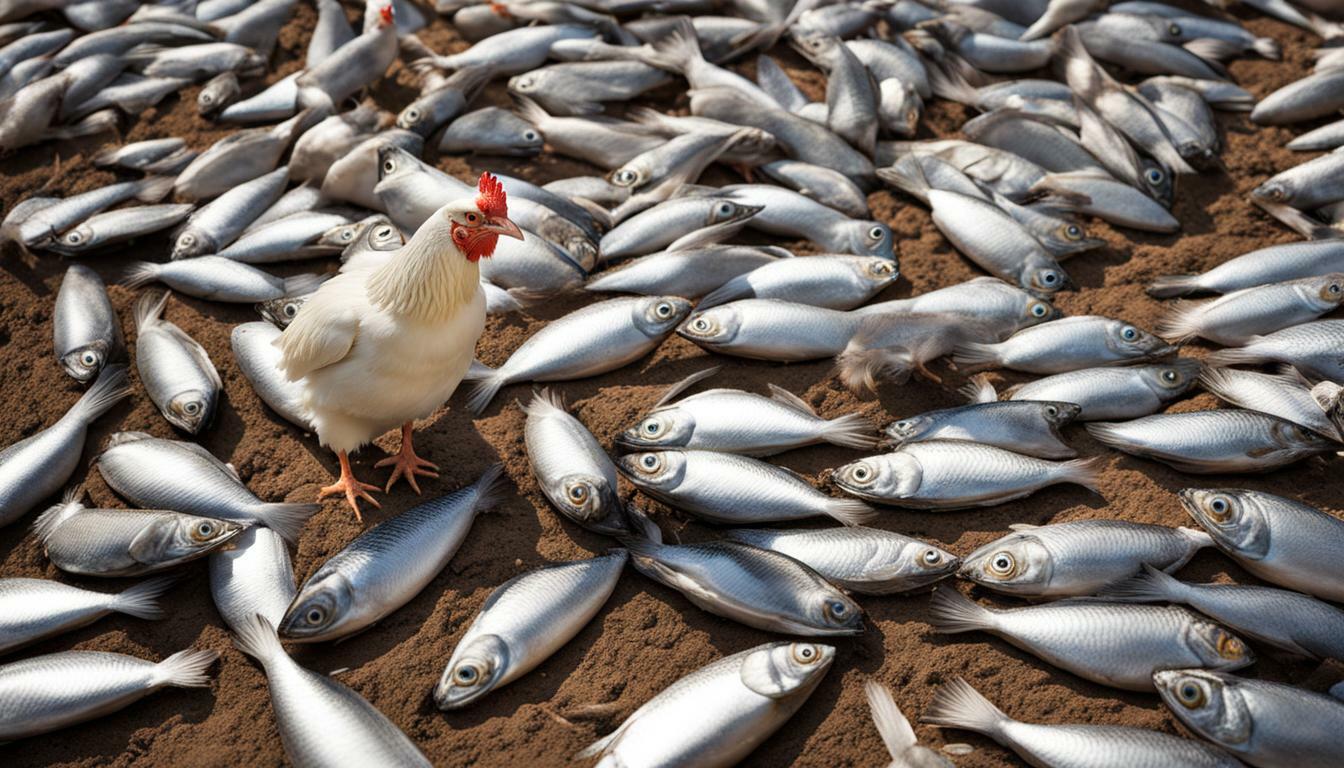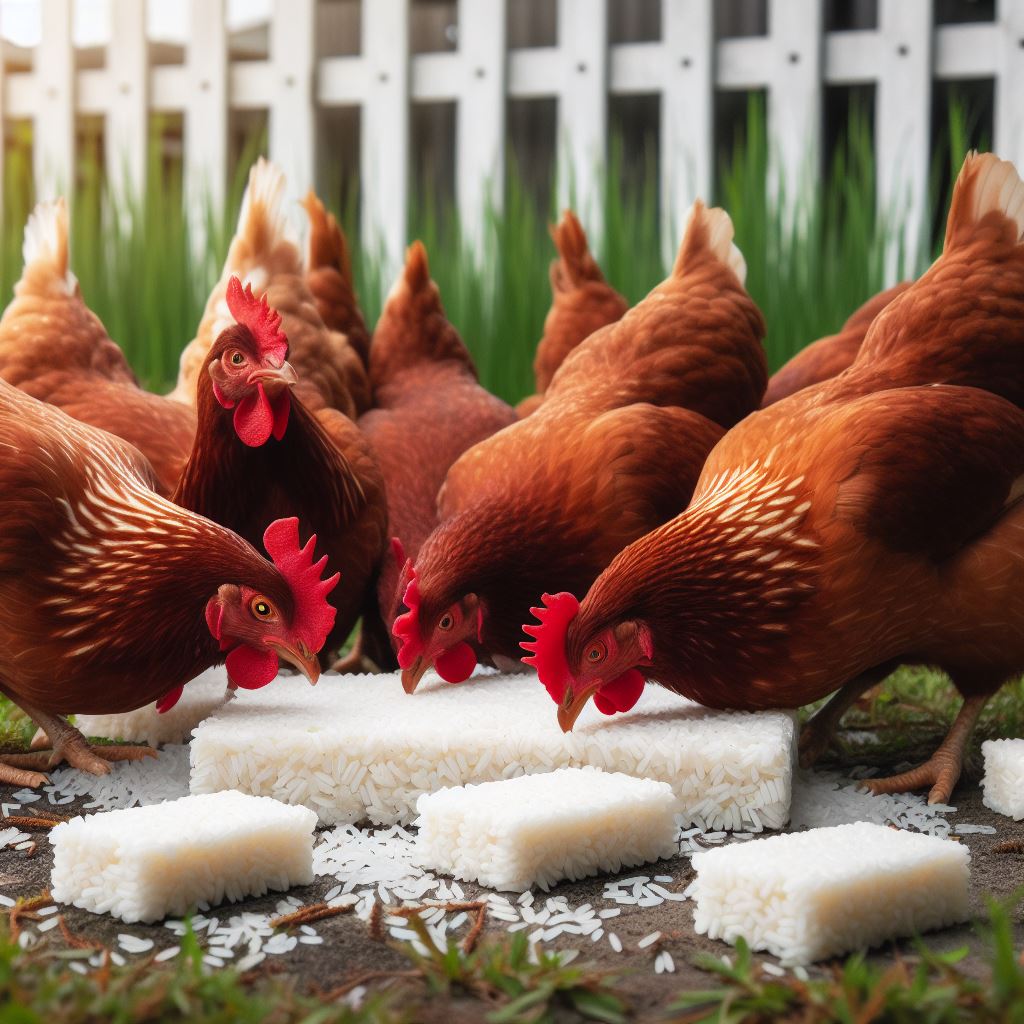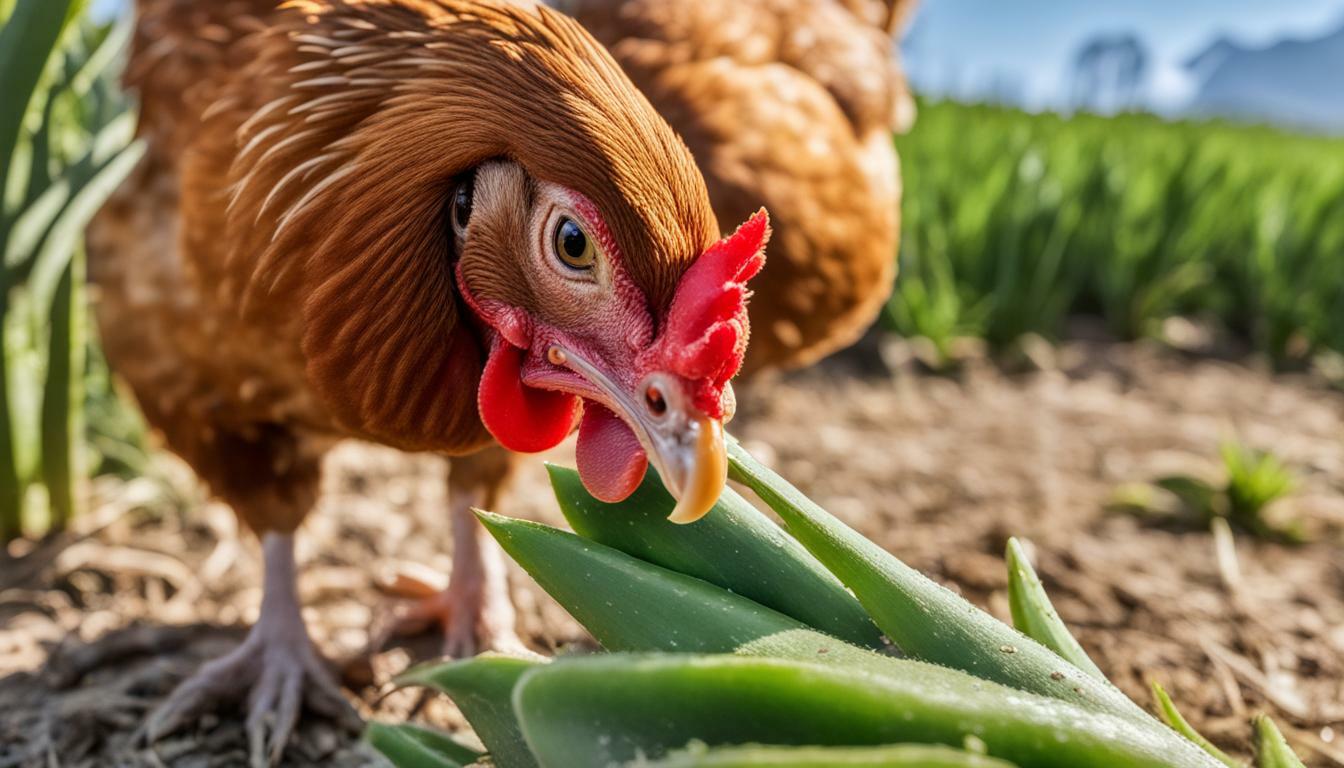Can Chickens Eat Arugula? Discover Their Diet Preferences

Table of content:
- Is Arugula Safe For Chickens?
- Nutritional Benefits Of Feeding Arugula To Chickens
- How Much Arugula To Feed Chickens
- Does Arugula Affect Egg Taste?
- Can Chickens Eat Arugula Raw or Cooked?
- What Parts of Arugula Can Chickens Eat?
- Should Arugula Be Processed Before Feeding?
- Potential Concerns When Feeding Arugula
- Should You Feed Arugula To Chickens?
- Final Thoughts
Arugula, also known as rocket or roquette, is a nutrient-dense leafy green vegetable that can provide many health benefits to chickens. Though not a typical feed item, arugula can be a tasty supplement to add variety to your flock’s diet.
Is Arugula Safe For Chickens?
Yes, arugula is safe and even beneficial for chickens to eat. The leafy green contains vitamins, minerals, and phytochemicals that support chicken health.
Arugula does not contain any toxic compounds or substances that are harmful to chickens. It can be fed fresh or dried with no preparation needed.
Some gardeners worry that products used on arugula, like pesticides or chemical fertilizers, could harm chickens. Always grow or source organic arugula to avoid any risks from chemicals.
Nutritional Benefits Of Feeding Arugula To Chickens
Arugula provides chickens with important vitamins and minerals:
- Vitamin A – Supports immune function and reproductive health. Also aids vision and growth.
- Vitamin K – Needed for blood clotting. Supports bone and kidney health.
- Vitamin C – Boosts immunity and thyroid function. Helps absorb iron.
- Calcium – Required for strong eggshells and bones. Prevents deficiencies.
- Iron – Essential for blood health. Prevents anemia.
- Magnesium – Supports enzyme function, muscle health, and egg production.
The vitamins and minerals in leafy greens like arugula can round out commercial feed mixes that tend to be grain heavy. The phytochemicals may also offer antioxidant benefits.
How Much Arugula To Feed Chickens
Arugula can be fed to chickens fresh or dried as:
- An occasional treat (1-2 times per week)
- Up to 10% of daily diet
- Free-choice (available at all times)
Chickens enjoy fresh arugula as a supplement to their regular feed. Try hanging bunches for them to nibble on.
If including dried arugula in feed mixes, follow layer feed guidelines of no more than 10% of the total ration. Too much can impact the feed’s nutritional balance.
Free-choice arugula lets your flock self-regulate intake. Monitor to prevent overeating, which can cause loose droppings.
Start with small amounts and increase slowly while watching for signs of digestive upset. Observe your chickens to determine the optimal arugula feeding rate.
Does Arugula Affect Egg Taste?
Some claim feeding chicken greens like arugula or kale boosts the nutritional content of eggs and enhances yolk color. However, research shows diet has little influence on egg flavor or nutrition.
The predominant factors affecting egg taste are the breed and freshness. As hens age, egg flavor tends to intensify.
While carotenoids in arugula may slightly deepen yolk color, compounds do not transfer enough to significantly change taste or nutrition.
Can Chickens Eat Arugula Raw or Cooked?
Chickens can eat arugula raw without any preparation needed. Some chop or shred the greens to make them easier to eat.
Cooking arugula will cause some loss of vitamin C and other heat-sensitive nutrients. So raw is ideal when possible.
If you want to soften the texture for chicks, a quick blanch or saute is fine. Just avoid overcooking.
Drying arugula preserves nutrients, though some degradation will occur. Rehydrating dried arugula before feeding maximizes benefits.
What Parts of Arugula Can Chickens Eat?
Chickens can eat all parts of the arugula plant:
- Leaves – The most common part fed. Excellent source of minerals and vitamins.
- Stems – Contains fiber. Can be left attached to leaves or separated.
- Flowers – Edible nutritious blooms both fresh and dried. Add color to salads.
- Seeds – High in protein, fat, and fiber. Can be sprouted for chickens.
Leaves tend to be the most palatable. Thick, woody stems may be avoided but can be chopped into smaller pieces.
Should Arugula Be Processed Before Feeding?
For whole leaves, no processing is required. Chickens will nibble the tender greens straight from the plant or bunch.
Lightly chopping or tearing makes arugula more digestible. Shredding is ideal for mixing into feed.
Dried arugula should be rehydrated by soaking in water for a few hours before feeding. This softens the texture.
Allowing chickens to free range provides exercise and enriches behaviors. They will naturally forage and scratch through garden greens.
Potential Concerns When Feeding Arugula
While arugula offers health benefits, a few potential issues to be aware of include:
Loose droppings
Too much arugula could cause temporary digestive upset or loose stool. Start with small amounts and discontinue if diarrhea occurs.
Reduced production
Excess greens may lower feed intake, protein consumption, and subsequently egg production. Observe and adjust ratios accordingly.
Inhibited calcium absorption
The oxalic acid in arugula may slightly hinder calcium absorption but levels are low. Rotate with other greens to prevent issues.
Pesticide exposure
Only source organic, chemical-free arugula to prevent any pesticide-related health risks. Wash thoroughly before feeding.
Should You Feed Arugula To Chickens?
Arugula is a safe, healthy supplement for backyard chickens. The leafy green is packed with essential vitamins, minerals, and antioxidants.
In moderation, arugula provides beneficial nutrition to enhance your flock’s diet. Chickens enjoy the taste and texture. Dried arugula can be conveniently mixed into feed rations.
Monitor your birds for any signs of loose droppings when introducing arugula. Adjust amounts fed as needed.
Rotating arugula with other leafy greens helps provide a diverse mix of nutrients while minimizing concerns like oxalates. Both you and your chickens can reap the nutritious benefits of fresh garden arugula.
Final Thoughts
Feeding chickens kitchen scraps and garden greens provides variety while reducing waste. Arugula is one excellent option to consider integrating into your flock’s diet. Follow the tips in this article to safely include arugula among the supplemental greens offered to your backyard chickens. Observe your birds’ preferences and health while making adjustments to find the optimal arugula feeding rates.
Welcome. I’m Adreena Shanum, the proud owner of this website, and I am incredibly passionate about animals, especially poultry. I founded adreenapets.com as a labor of love, stemming from my desire to share my knowledge and experiences with poultry enthusiasts worldwide.




